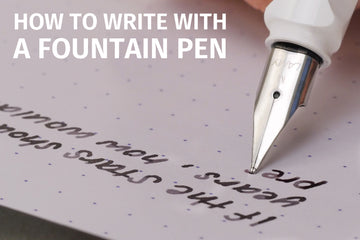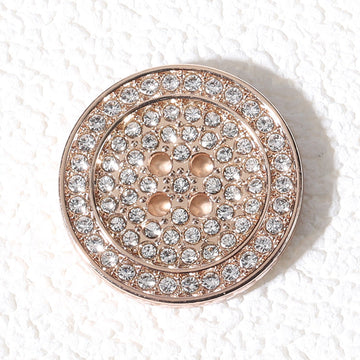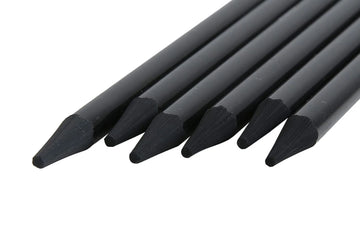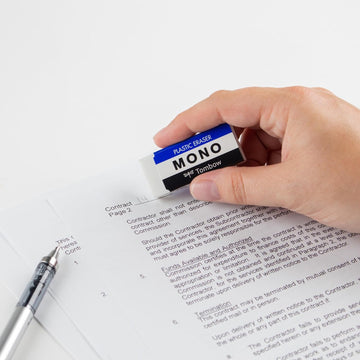News
Mastering the Grip and Angle Techniques for Smooth Fountain Pen Writing
by yu zhang on Mar 27, 2024

Fountain pens are a joy to write with, offering a smooth, elegant, and personalized writing experience. However, to get the best out of your fountain pen, understanding and mastering proper grip and angle techniques are crucial. This blog post will explore these techniques in detail, allowing you to improve your handwriting and fully enjoy the writing process.
Proper Grip Techniques
Holding a fountain pen correctly plays a significant role in achieving a smooth and comfortable writing experience. A proper grip helps to prevent hand fatigue, inconsistent ink flow, and a strained writing posture. Here are the key elements of a correct fountain pen grip:
Hold the pen in a tripod position: Optimize control of your pen by holding it between your thumb and index finger, resting the barrel over or just forward of the bottom knuckle on your middle finger. Keep your ring finger, pinky finger, and palm gently against the writing surface to provide stability.
Grab onto the grip in whatever place feels most comfortable to you above the nib: Avoid holding the pen by the nib itself, as it may cause ink flow issues or damage the delicate tip.
Rest the body of the pen in the crook or web between your thumb and index finger: This position provides a solid base for the pen and allows your hand to glide smoothly across the paper.
Hold the pen at a consistent angle: Keeping the pen at a steady angle ensures optimal ink flow and smooth writing.
Proper Angle Techniques
Achieving the perfect ink flow and maintaining a comfortable writing posture involves mastering the correct angle for fountain pen writing. Here are some key considerations for proper angle techniques:
Hold the pen at a 45-degree angle to the paper: This angle allows for an optimal ink flow and smooth writing. Experiment with different angles to find the most comfortable writing position for you.
Keep your hand in a natural writing position: Your hand should be relaxed, with your wrist straight and your elbow close to your body. This posture prevents strain and allows for a smooth writing motion.
Use a light touch when writing: A light touch enables the fountain pen's flexible nib to produce thin lines with a light pressure and thicker lines with a heavier touch. Applying too much pressure can cause ink flow issues and damage the pen's nib.
Experiment with different writing speeds: Varying your writing speed can help you achieve desired ink effects and create a more personalized writing style.
Conclusion
Mastering the proper grip and angle techniques for smooth fountain pen writing requires practice and patience. As you become more familiar with your pen and hone your writing skills, you'll find the writing process more enjoyable and your handwriting significantly improved. Remember, each fountain pen and individual have unique characteristics, so don't hesitate to experiment and adapt these techniques to suit your personal preferences. Happy writing!
Proper Grip Techniques
Holding a fountain pen correctly plays a significant role in achieving a smooth and comfortable writing experience. A proper grip helps to prevent hand fatigue, inconsistent ink flow, and a strained writing posture. Here are the key elements of a correct fountain pen grip:
Hold the pen in a tripod position: Optimize control of your pen by holding it between your thumb and index finger, resting the barrel over or just forward of the bottom knuckle on your middle finger. Keep your ring finger, pinky finger, and palm gently against the writing surface to provide stability.
Grab onto the grip in whatever place feels most comfortable to you above the nib: Avoid holding the pen by the nib itself, as it may cause ink flow issues or damage the delicate tip.
Rest the body of the pen in the crook or web between your thumb and index finger: This position provides a solid base for the pen and allows your hand to glide smoothly across the paper.
Hold the pen at a consistent angle: Keeping the pen at a steady angle ensures optimal ink flow and smooth writing.
Proper Angle Techniques
Achieving the perfect ink flow and maintaining a comfortable writing posture involves mastering the correct angle for fountain pen writing. Here are some key considerations for proper angle techniques:
Hold the pen at a 45-degree angle to the paper: This angle allows for an optimal ink flow and smooth writing. Experiment with different angles to find the most comfortable writing position for you.
Keep your hand in a natural writing position: Your hand should be relaxed, with your wrist straight and your elbow close to your body. This posture prevents strain and allows for a smooth writing motion.
Use a light touch when writing: A light touch enables the fountain pen's flexible nib to produce thin lines with a light pressure and thicker lines with a heavier touch. Applying too much pressure can cause ink flow issues and damage the pen's nib.
Experiment with different writing speeds: Varying your writing speed can help you achieve desired ink effects and create a more personalized writing style.
Conclusion
Mastering the proper grip and angle techniques for smooth fountain pen writing requires practice and patience. As you become more familiar with your pen and hone your writing skills, you'll find the writing process more enjoyable and your handwriting significantly improved. Remember, each fountain pen and individual have unique characteristics, so don't hesitate to experiment and adapt these techniques to suit your personal preferences. Happy writing!




